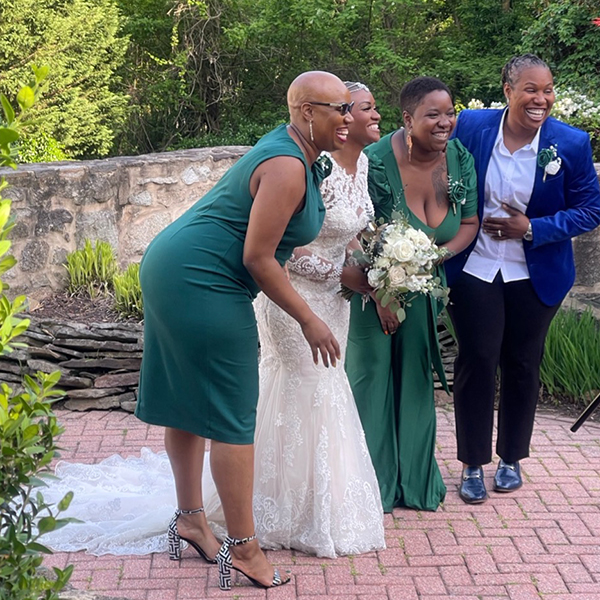Welcoming New Faculty Development Resident Teoma LaShawn

Teoma LaShawn, PT, DPT, MDiv, recently began the Duke DPT Faculty Development Residency program. She is an ordained Baptist Minister, passionate about community engagement and health promotion as it relates to decreasing the effects of health inequities and disparities.
Welcome!
Q&A with Dr. LaShawn
Q: What’s your hometown?
A: San Francisco. Go Giants! Go Niners! Go Warriors!
Q: What brings you joy?
A: Spending time with family! I especially enjoy time spent with my sisters: my twin sister Tatiana and my younger sisters Raylia and Lenee. Being “Auntie Tee” to my nieces and nephews brings me joy as well.
I also enjoy spending time with amazing friends, and I love to dance (though I may not be the best at it).
Bringing joy to others through my smile and personality brings me joy!

Q: What excites you about this role at Duke?
A: Having been primarily a clinician for the past 15 years, I am excited about entering the academic space and engaging our profession as an educator. I have always been interested in serving as physical therapy faculty at an academic institution, however, I never quite knew the path to get there. I am very appreciative to Duke DPT for offering the Faculty Development Residency and I am excited to continue to learn in this role.
Q: Where do you see your area of physical therapy going within the next 5 to 10 years?
A: This is such an interesting question. Religion and faith have been around for centuries while the profession of physical therapy just celebrated its centennial in 2021. While neither religion nor physical therapy is new, the understanding and the awareness of the intersection between the two are relatively new as of the past 20-plus years, as well as the understanding of religion and faith as a social determinant of health. Over the next 5 to 10 years, I see the awareness of this intersection continuing to grow while also being implemented in our interaction with patients and the communities in which they engage.